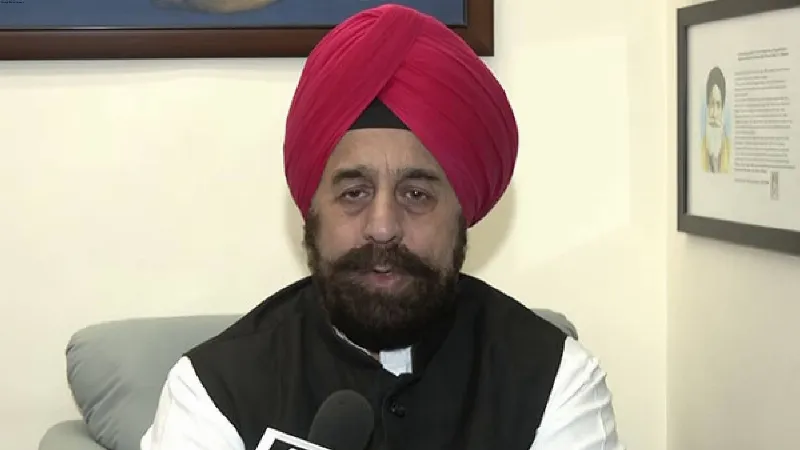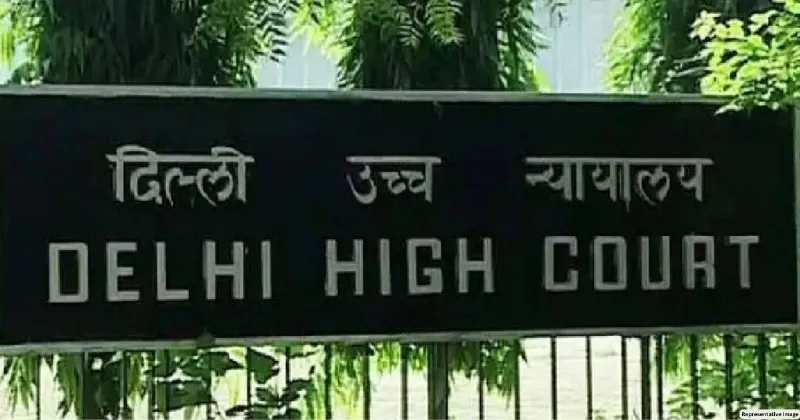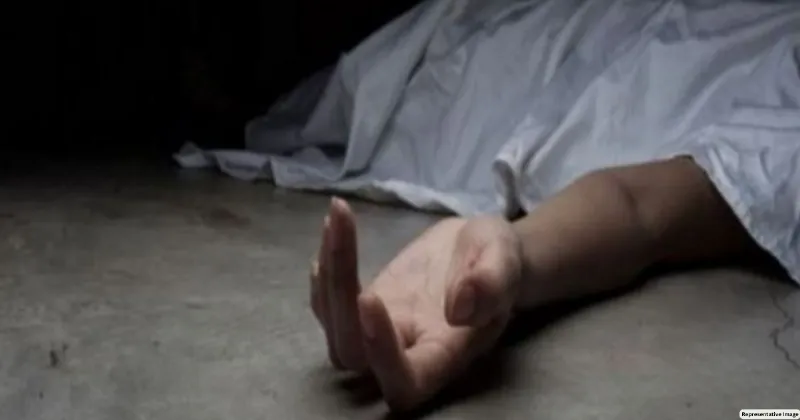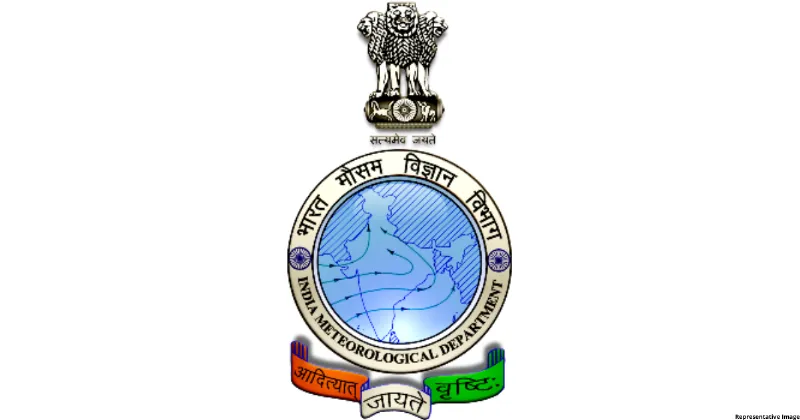Latest News
Azadi ka Amrit Mahotsav: PIL in Delhi HC seeks placing Tricolour, statue of Justice inside courtrooms
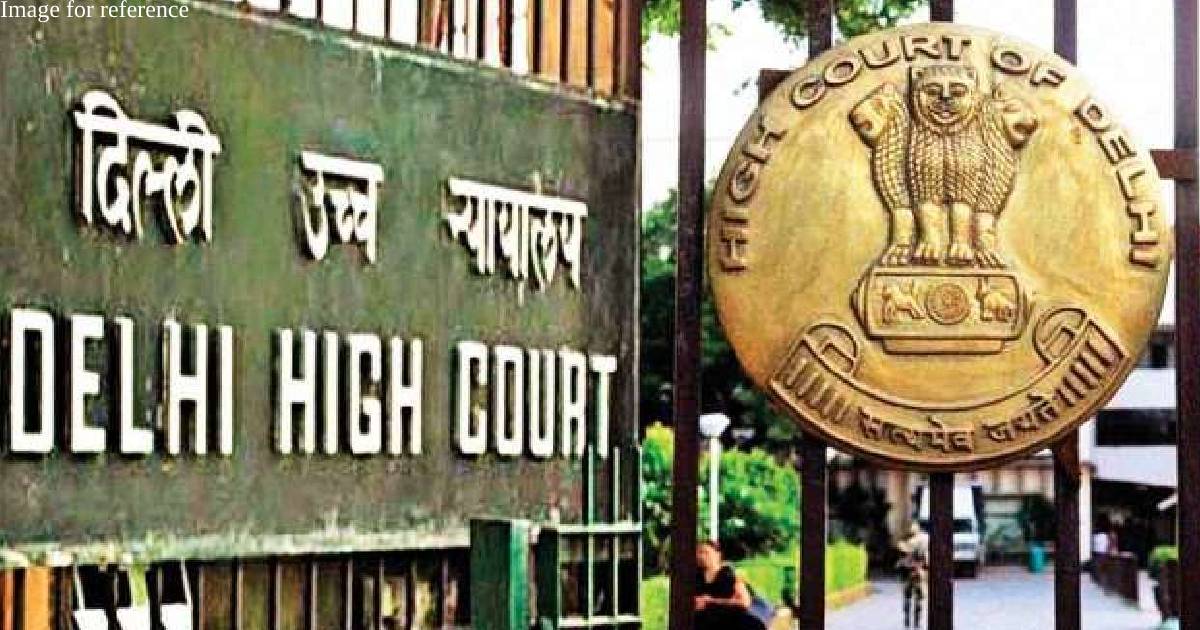
New Delhi: As the Government of India is celebrating Azadi ka Amrit Mahotsav on 75 years of independence of the country, a public interest litigation (PIL) has been moved in the Delhi High Court seeking direction for placing the Indian Flag and statue of justice inside the courtroom and outside the court complex at the main entrance of all district courts of Delhi, including High Court of Delhi.
The plea stated that people have faith and trust in the judiciary and come there with high hopes. Courts are considered as "Temple of Justice". The main and foremost form of the judicial approach is the statue of justice, which is the first image that comes to the mind of an individual whenever the word law and justice are used, but it is disheartening to say that neither the Indian flag, nor the statue of justice is placed on the benches of the judges in any Courts of Delhi including High Court of Delhi or in the Supreme Court of India. The same plea was earlier withdrawn after Delhi HC felt not convinced by the submissions of the petitioners.
The fresh petition stated that the 75th anniversary of Indian Independence or Azadi Ka Amrit Mahotsav is being observed in India and abroad. The Government of India decided to celebrate the 75 years of Independence of India and and pay tribute to freedom fighters. The overall celebrations began on 12 March 2021, and will continue up to August 15, 2023. This petition is in continuance of the Azadi ka Amrit Mahotsav event.
Petitioners Rajkishor Prasad Kushwaha and Shrikant Prasad stated that by placing Indian flags and statue of justice inside courtrooms will create enthusiasm in the mind of all the stakeholders of courtrooms and in the minds of offenders, which may tend to change the criminal behaviour of individuals and turn them into spirited law-abiding citizens.
National flags are intended to project the identity of the country they represent and foster national spirit. Their distinctive designs and colours embody each nation's particular character and proclaim the country's separate existence. Thus, it is veritably common to all nations that a national flag has a great amount of significance, the plea added.
The court may consider the request in the aspect of courage, confidence and reduction of crimes as the statue of justice symbolizes fair and equal administration of the law, without corruption, favour, greed or prejudice. As per the theory of criminologists, the spirit of patriotism and nationalism will emerge in the minds of an individual after observing the enthusiastic view of the courts and surroundings that are filled with pride, the plea stated.
The Plea further stated that, in the major developed countries like - the USA, UK, Australia, France, Germany, Canada, Italy, Brazil, Switzerland, etc. the flag of their nation, the statue of the lady of justice and national symbol are kept similarly on both sides of the judges. If the tricolor flag, the idol of the Goddess of Justice on the table, Satyamev Jayate behind are also kept then all these things will awaken the people's mind and this will work in declination towards committing a crime as well as a kind of positive energy in the court.
It also stated that the mother and child statue on the front lawns of the Supreme Court of India, where the child is seen holding an open book, with the symbol of the weighing balance representing law and justice, after its inauguration on January 28, 1950. The building is shaped to project the image of scales of justice. The Central Wing of the building is the Centre Beam of the Scales but it is very small in size and is not visible to the layperson. (ANI)









